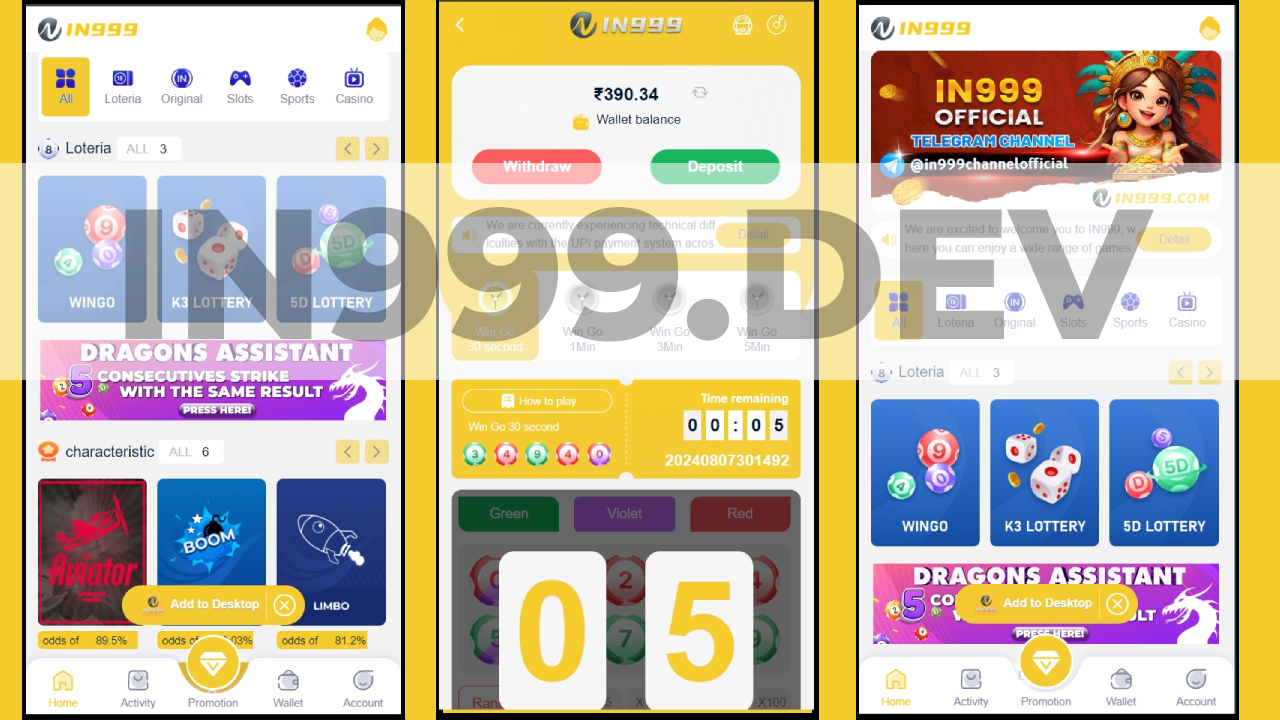In the fast-paced world of technology, the user experience (UX) plays a crucial role in determining the success of products and services. As we venture into the year in 999, it is essential to examine how user experience has evolved and what impact it has on various sectors. This article aims to explore the multifaceted nature of user experience, its historical context, current trends, and the future trajectory of UX design. By delving deep into the core elements that shape user interactions, we can uncover valuable insights into creating meaningful experiences for users.
Understanding User Experience

At its core, user experience encompasses the entire journey a user takes while interacting with a product or service. It not only focuses on usability but also considers emotional responses, accessibility, and overall satisfaction. To fully appreciate this concept, we need to dissect its components and understand its importance in modern-day applications.
Definition and Components of User Experience
User experience can be defined as the sum of all interactions a user has with a particular system, encompassing every touchpoint from the first encounter to post-engagement support. Several components contribute to this holistic experience:
Usability
Usability refers to how intuitive and easy a product is to use. A product with high usability allows users to achieve their goals efficiently and effectively. This involves clear navigation, straightforward design, and minimizing friction during interaction.
Accessibility
Accessibility focuses on ensuring that products and services are usable by people with varying abilities and disabilities. Integrating accessibility features, such as screen reader compatibility or keyboard navigation, broadens the audience and enhances overall user experience.
Emotional Design
Emotional design pertains to how users feel when they interact with a product. Positive emotions foster loyalty and encourage repeat engagement, while negative emotions can lead to abandonment. Designers must consider aesthetic elements, branding, and the overall tone of communication to evoke desired emotional reactions.
Historical Context of User Experience
To understand user experience today, it’s essential to look back at its historical evolution. The roots of UX trace back to pioneers in psychology and human-computer interaction, who laid the groundwork for creating user-centered designs.
Early Beginnings
The concept of user experience can be linked to the early days of computing, where usability was paramount. Researchers conducted experiments to identify efficient ways for humans to interact with machines, leading to foundational principles in ergonomics and interface design.
Rise of Human-Centered Design
As technology advanced, so did the understanding of human-centered design. In the late 20th century, designers began to adopt an empathetic approach, focusing on the needs, preferences, and behaviors of users rather than merely optimizing for functionality.
The Digital Revolution
With the advent of the internet and mobile devices, user experience took on new dimensions. The proliferation of digital interfaces necessitated a focus on seamless interactions across multiple platforms. This era saw the rise of interdisciplinary collaborations among designers, researchers, and engineers to create cohesive user experiences.
See more: in999
Current Trends in User Experience Design

In today’s rapidly evolving landscape, staying attuned to current trends in user experience design is essential for businesses aiming to thrive. The following trends illustrate how UX design continues to adapt to changing technologies and user expectations.
Personalization
In an age where consumers demand tailored experiences, personalization has become a prominent trend in user experience design. Businesses leverage data analytics and machine learning to curate customized content, recommendations, and interfaces for individual users.
Data-Driven Insights
By analyzing user behavior and preferences, organizations can refine their offerings to resonate with specific demographics. For instance, e-commerce sites often suggest products based on previous purchases, enhancing the likelihood of conversion.
Dynamic Content Delivery
Personalization extends beyond mere recommendations; it encompasses the entire user journey. Websites and applications can dynamically adjust content and layout based on user interactions, ensuring relevant information is readily available.
Voice User Interface (VUI)
The rise of voice-activated devices marks a significant shift in user interaction paradigms. Voice user interfaces revolutionize how users engage with technology, offering hands-free and intuitive experiences.
Accessibility Benefits
Voice interfaces enhance accessibility by allowing users with mobility challenges to navigate devices seamlessly. This innovation democratizes technology, empowering a broader audience to engage with digital platforms effortlessly.
Natural Language Processing
Advancements in natural language processing (NLP) have significantly improved VUI capabilities. Users can communicate with devices more naturally, eliminating the need for complex commands and promoting a conversational relationship with technology.
Augmented and Virtual Reality
Augmented reality (AR) and virtual reality (VR) are reshaping user experiences by immersing users in interactive environments. These technologies expand possibilities in various domains, including gaming, education, and retail.
Enhanced Engagement
The immersive nature of AR and VR captivates users, fostering deeper engagement and emotional connections. For example, virtual showrooms allow customers to visualize products in realistic settings before making purchases.
Training and Simulation
In industries such as healthcare and aviation, AR and VR offer effective training solutions. Simulations provide hands-on experience without real-world consequences, preparing users for practical applications in a safe environment.
The Role of User Research in Enhancing Experience
User research is a fundamental component of user experience design. By understanding users’ behaviors, motivations, and pain points, designers can create informed solutions that genuinely address user needs.
Methods of User Research
There are several methodologies employed in user research, each offering unique insights into user preferences and behaviors.
Surveys and Questionnaires
Surveys and questionnaires serve as effective tools for gathering quantitative data about user opinions, preferences, and experiences. By employing targeted questions, designers can identify trends and areas for improvement.
Usability Testing
Usability testing involves observing users as they interact with a product or prototype. This method provides qualitative insights into user behavior, enabling designers to pinpoint friction points and enhance usability.
Focus Groups
Focus groups facilitate discussions among selected users to gather insights on their perceptions and attitudes toward a product. Such collaborative environments encourage participants to express their thoughts, leading to richer information for designers.
Synthesizing Research Findings
Once user research is conducted, synthesizing the findings is crucial for deriving actionable insights. Organizing data into themes and patterns aids in identifying key areas that require attention.
Persona Development
Creating user personas based on research findings allows designers to empathize with target audiences. Personas encapsulate user characteristics, goals, and frustrations, guiding design decisions that align with real user needs.
Journey Mapping
Mapping out user journeys visualizes the entire experience, highlighting touchpoints and potential pain points along the way. This exercise helps designers prioritize improvements and ensure a seamless user journey.
Continuous Improvement
User research is not a one-time effort; it should be an ongoing process throughout the product lifecycle. Gathering feedback after product launch allows teams to make iterative improvements based on real user experiences.
Feedback Loops
Establishing feedback loops ensures that user input is continuously integrated into the design process. Encouraging users to share their experiences fosters a sense of community and empowers them to contribute to product development.
Agile Methodologies
Incorporating agile methodologies into user experience design enables teams to respond quickly to user feedback. Short iteration cycles promote rapid experimentation and adaptation, ultimately resulting in enhanced user satisfaction.
FAQs
What is the difference between user experience and user interface?
User experience (UX) refers to the overall experience a user has with a product, including usability, accessibility, and emotional response. On the other hand, user interface (UI) focuses specifically on the visual and interactive elements of a product, such as buttons, layouts, and graphics. While both are interconnected, UX encompasses a broader scope that includes UI.
Why is user experience important for businesses?
User experience is vital for businesses as it directly impacts customer satisfaction, retention, and brand loyalty. A positive user experience fosters trust and encourages repeat engagement, leading to increased revenue and a competitive advantage in the market.
How do I improve user experience for my website?
Improving user experience for your website involves several strategies, including optimizing page load times, simplifying navigation, conducting user research, and incorporating responsive design. Regularly gathering user feedback and making iterative improvements can also enhance overall experience.
What role does accessibility play in user experience?
Accessibility is a crucial aspect of user experience, ensuring that products and services are usable by individuals with diverse abilities. By integrating accessibility features, businesses can reach a broader audience, enhance user satisfaction, and comply with legal standards.
How do emerging technologies impact user experience?
Emerging technologies, such as artificial intelligence, augmented reality, and voice user interfaces, redefine user interactions with products and services. These innovations create opportunities for more intuitive, personalized, and immersive experiences, aligning with evolving user expectations.
Conclusion
The user experience in 999 reflects a culmination of historical developments, current trends, and future possibilities. As we continue to navigate an increasingly digital world, understanding and prioritizing user experience remains paramount for businesses seeking to thrive in a competitive landscape. By embracing user research, leveraging emerging technologies, and fostering a culture of continuous improvement, organizations can create meaningful and impactful experiences that resonate with users. Ultimately, the journey of enhancing user experience will remain a dynamic and evolving endeavor, shaping the way individuals interact with technology for years to come.
